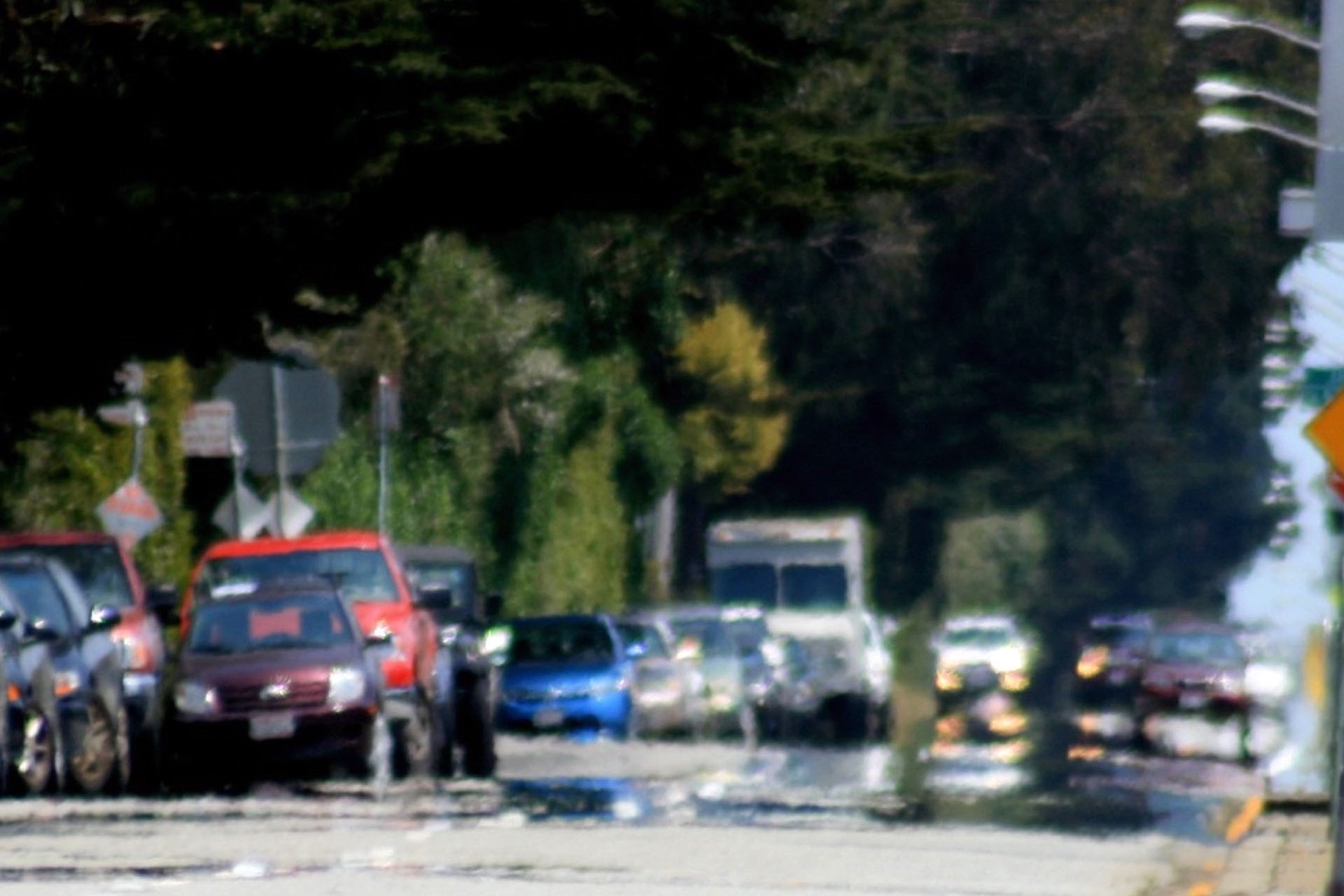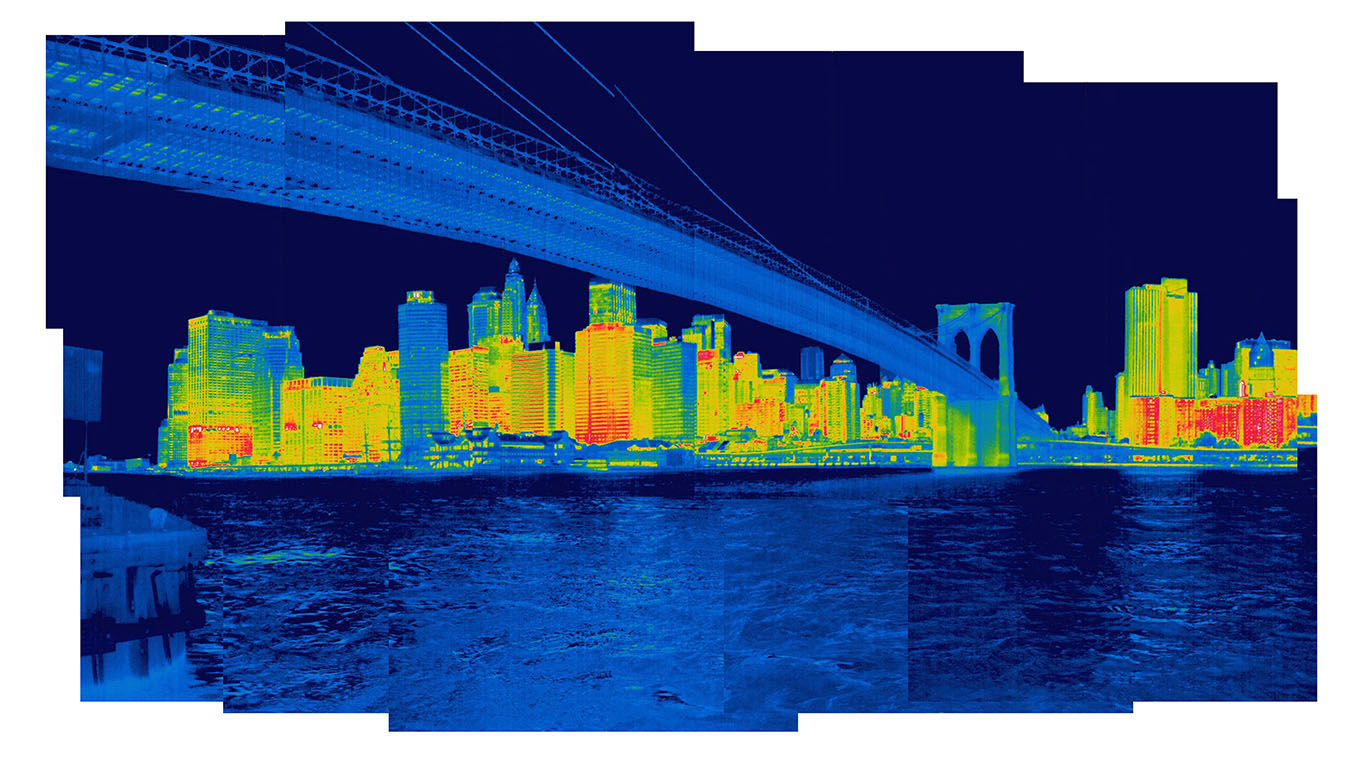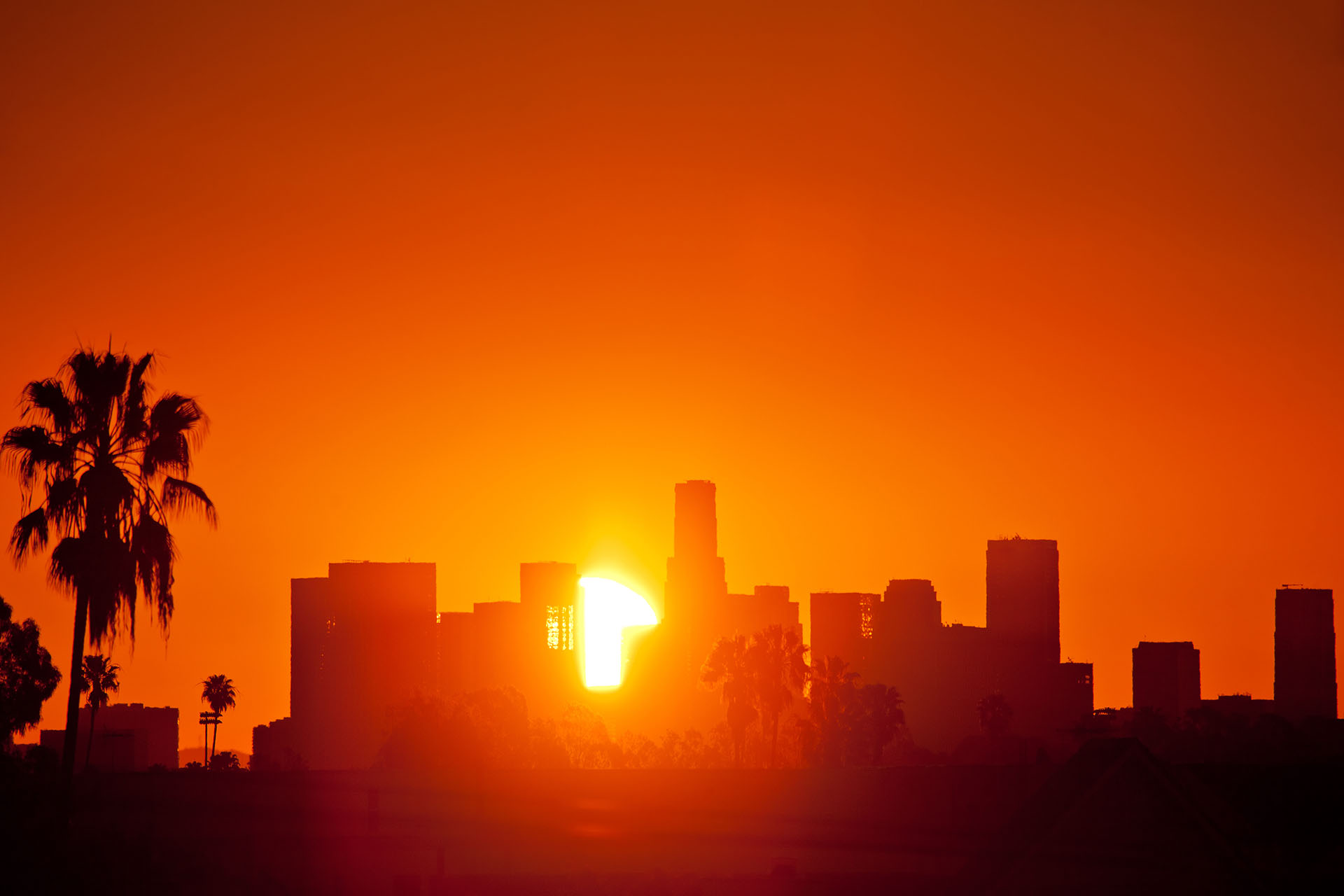Rural areas, where most of the land is covered in forests, crops, and grass, tend to be much cooler in temperature than urban areas that are covered in buildings, roads, and sidewalks. This increased temperature in cities is called the “Urban Heat Island” effect or UHI for short. The temperature difference between UHIs and their surrounding areas averages between 1-3°C (2-5°F) but in some regions, it can be as high as 12°C (22°F).
Introduction
(© Brocken Inaglory/Wikipedia)

Urban Heat Islands Profile

(© Nasa)

(©Tyrone Turner/National Geographic )
What causes urban heat islands?
Many contributing factors cause cities to be hotter than the surrounding areas. Cities are made up of all kinds of heat-absorbing materials like pavement for roads, cement for sidewalks, shingles for roofs, and bricks and metal for buildings. These materials not only absorb heat during the day increasing the temperatures around and inside the structures, but they also radiate that heat out during the night when the city is supposed to be cooling down. To build all of these urban structures natural surfaces and plants, such as trees, need to be removed. Plants, especially trees, have a cooling effect because they can transpire water vapor into the atmosphere.
Cities tend to have a much lower concentration of trees than any of the areas that surround them. The other main reason that urban heat islands form is human activity. Cities have larger and more concentrated populations than rural areas which means that there are more cars on the road generating more pollutants and greenhouse gases into the air. Cities also have more buildings which need to be heated and cooled regularly. This gives off excess waste heat and helps to increase the temperature.
(©Austin Rogers/Stocksy)

